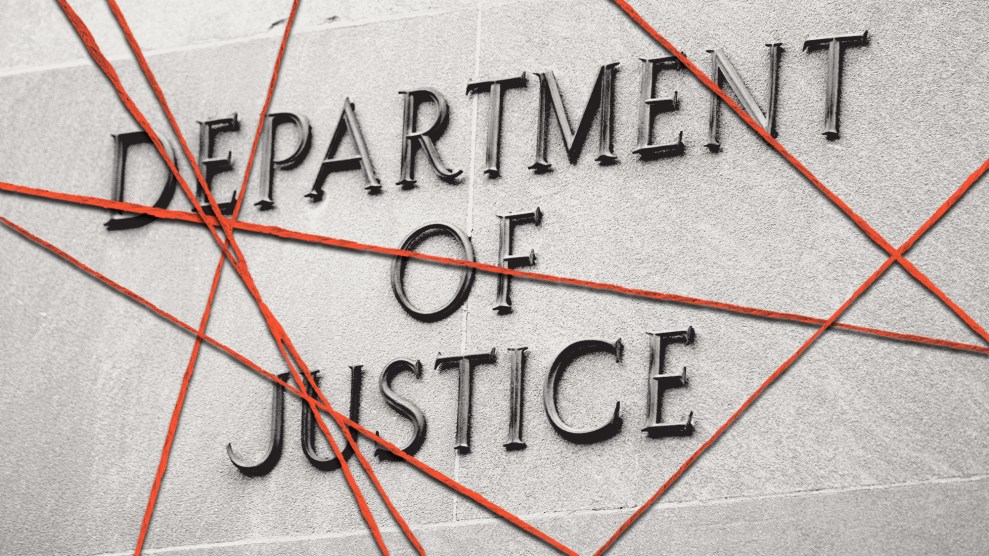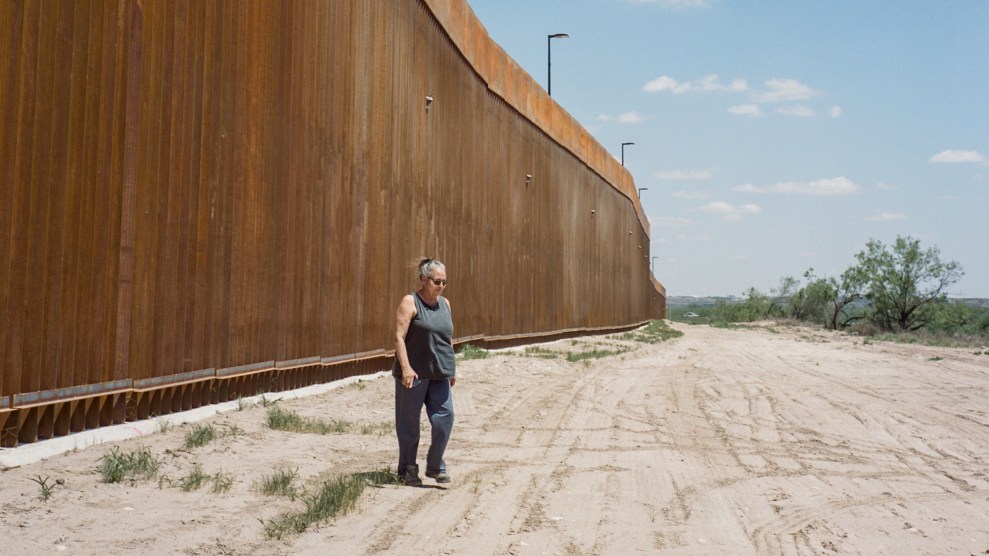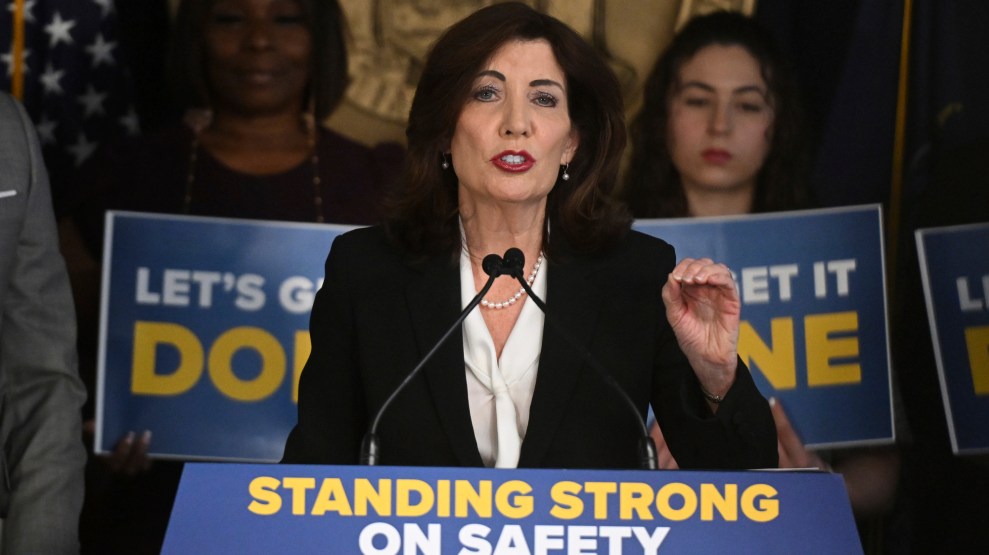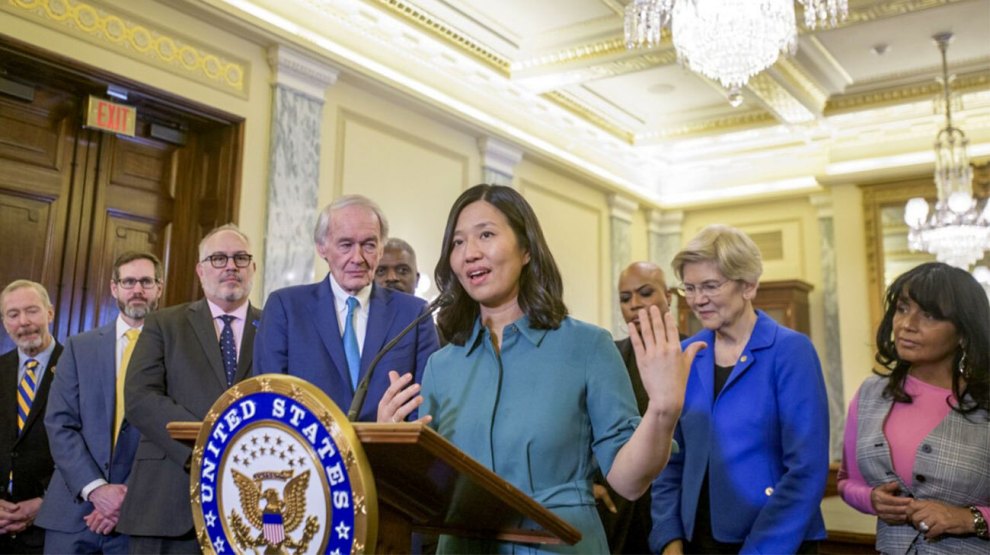On an afternoon in late spring the breakers that roll ashore on Cape Hatteras are a milky jade, a color that reminds me how far south we are, and how close to the Gulf Stream. Just off the beach young gannets hunt, folding their slender wings as they dive smoothly into the sea. Behind them, green water stretches to the horizon.
I am looking out at 4,000 miles of wilderness. There is nothing made by humans between the beach where I stand and Africa. It might have been very different: Twenty years ago the federal government and American oil companies envisioned a floating industrial city out there. There would have been drill ships and wellheads and pipelines bringing natural gas and oil to a processing facility, perhaps on the coast at Morehead City. Now — so far — there is nothing out there but clean open water.
You often hear that our communities are too fragmented and powerless to
The battle against offshore drilling in North Carolina — the
Plans to drill off the Outer Banks
Sinking oil and gas wells offshore is a risky venture because of the danger of blowouts and pipeline ruptures, as well as the daily increments of pollution. Off Hatteras, conditions were what might be called “challenging.” The north-flowing Gulf Stream collides with a tendril of the southbound Labrador Current there, creating knots and plumes of flow that change daily, even hourly. More than 2,000 feet below the surface, the ocean bottom dips and rises and abruptly dips. The region is also beset by hurricanes. No one had ever drilled in an area with such a combination of forces.
None of my neighbors or friends knew any of this in November 1988, when we learned that a consortium of oil companies led by Mobil had applied for permits to sink an exploratory well about 40 miles off Hatteras. The companies hoped to
What could be done to stop Mobil and its partners? No one seemed to know. When a loosely organized group of Outer Banks resi-dents asked state of
What could we do? The question united the dozen people who became the core of a new grassroots group. Most of us were in our 30s, from a range of occupations: a dental hygienist, a local publisher, an artist, a nurse, a singer, a college math professor who had dropped out of academia. We had passion, but little idea how to use it. Staff members from Greenpeace and the Natural Resources Defense Council urged us to get our congressman, the late Walter Jones Sr., to take a stand against drilling off North Carolina. Jones chaired the House Merchant Marine and Fisheries Committee and wielded enough power to delay drilling, and possibly stop it altogether. But when three local men arranged a meeting with him, they got a cool reception. “We were all smiling and thanking Jones for his support for the county,” remembers Michael McOwen, “and I asked him a question about offshore drilling that put him on the spot. The smiles faded very quickly, and the meeting was over. He didn’t know any of the details of what Mobil wanted to do, and I had embarrassed him.”
Without Jones’ support, our best hope was to convince state of
I also had some qualms about the course being charted by the others. Because North Carolina is such a conservative state, Linda and Michael believed LegaSea needed to portray itself as a watchdog organization. She wanted us to avoid being linked with activist groups like Greenpeace — even though staff members at Greenpeace and the NRDC were feeding us vital information and tactical advice. Michael told local newspapers that LegaSea wasn’t necessarily opposed to drilling, but members wanted to make sure it could be done safely. That was at best a stretch; we knew there was no way Mobil and its partners could satisfy us that drilling would be harmless.
For its part, Mobil released photographs of a flat, sandy, lifeless bottom purportedly taken at the drill site. But later, scientists using deepwater submersibles explored the craggy bottom and counted up to 120,000 organisms in each cubic meter of water, one of the highest concentrations of sea life ever measured off the Atlantic coast.
Our feigned neutrality did not last: In March 1989, the Exxon Valdez spilled 11 million gallons of oil into Prince William Sound — and the Outer Banks communities became solidly opposed to offshore drilling. Photographs from Alaska of dying sea-birds and oil-slicked beaches made me sick. When a reporter called from a paper in Greensboro, I made a statement for LegaSea: “This accident shows exactly why people don’t trust companies like Mobil to live up to their promises.” My reluctance to be in the public eye had been overcome by my horror at the Valdez wreckage, and my fear that Mobil would succeed.
We soon learned how to wage grassroots political war. We sold bumper stickers and T-shirts, collected thousands of signatures on petitions, and launched letter-writing campaigns to government of
When I think about our 12-year
People rally to causes for different reasons. The North Carolina coast has long faced environmental threats, including hog farming, wetland destruction, and phosphate mining. Offshore oil struck me as a more hideous evil, because it would have extended industrialization into virgin waters. What’s more,
Had we not learned to pace ourselves over the years, we might have grown too exhausted to continue
Mickey Baker, an outspoken shopkeeper on remote Ocracoke Island, showed a passion and energy that inspired us all. Once, she set up a special telephone line so her customers and tourists could call their congressmen. Another time, she brought a model oil derrick to a public hearing to show how much pollution it could cause. On one of her petitions, she collected 17,000 signatures. I stood with Mickey in terms of my political views. But I also came to admire Linda’s persistent, just-the-facts-ma’am style. Her reasonable demeanor and unfailing courtesy helped portray us as middle Americans
In 1990, during his reelection bid, then-President George Bush placed a 10-year moratorium on new oil and gas drilling off most of the U.S. coast, except North Carolina. The state’s exemption angered Governor Martin, and from then on he professed to be in LegaSea’s camp. In 1994, the Commerce Department refused to approve Mobil’s exploration plan or issue them a permit to discharge well waste. Mobil announced that it would sue the federal government to recoup the cost of the leases. We were ecstatic; if Mobil’s leases were repurchased, our battle would be over — or so we thought.
Mobil’s suit worked its way slowly through the courts. Then in 1997, Chevron announced its intention to drill in a separate lease block it had purchased in 1981, and our
He was right. We didn’t want the ocean industrialized, but no one wanted their towns to become havens for crime. I spent much of the next month writing letters to newspapers and talking with members of local churches, including women in a politically active Baptist congregation. I urged them to call Senator Jesse Helms and say they didn’t want the oil industry in Dare County. I’d like to think my effort to link arms with the conservative Christians was effective. There’s really no way to know. But that fall, when Chevron was supposed to
In June 2000, the U.S. Supreme Court ruled that the Interior Department should refund Mobil Oil and its partners $158 million for its lease blocks off Hatteras Island. LegaSea’s members hardly had time to celebrate before state of
Today, there are no more active lease blocks off the Outer Banks. Even now, writing that brings tears to my eyes.
It is rare for a group of oil companies to be fought to a standstill. Part of LegaSea’s success must be attributed to luck, especially in the timing of the Exxon Valdez accident. But I also believe that we won this time — that democracy won — because we took pains to involve the whole Outer Banks community: Our alliance reached across political, religious, social, and cultural lines. We stood together and said, We will not let this happen. And we have not let down our guard. After Conoco’s announcement, LegaSea’s leaders talked of holding a grand celebration with the money left in the organization’s bank account. But we decided it would be wiser to keep the money. Just in case.
At present, North Carolina is included in a moratorium against new offshore drilling until 2012. Last spring, however, a committee that advises the Interior Department on oil and gas drilling recommended that federal of
What if it is not? We are reassured by the fact that scientists in North Carolina have completed many studies to show why new drilling leases should not be sold off the Outer Banks. The currents are too strong, the weather too violent, and the waters too thick with life. Still, LegaSea’s leaders are too wary to relax. With talk of a national energy crisis, the current political situation is too tenuous. And while the Bush administration’s energy plan has met with strong political resistance, LegaSea’s members fear that the oil companies might yet
So the thrusts and parries continue. I do not expect them to stop. As often as I can, I visit the Hatteras Island beaches and face east to whitecaps and scudding clouds. It’s hard to place a monetary value on the wilderness I see. But I think it’s fair to say that LegaSea’s members have ransomed it with our time, our sweat, our hearts. In summer, dolphins frolic just past the breakers, and shorebirds play tag with the crystal waves. Fall and winter bring storms, yes, but also lines of scoters and an occasional spouting whale. Our waters are still clear and full of life, our air and sands unsullied. For now.
















